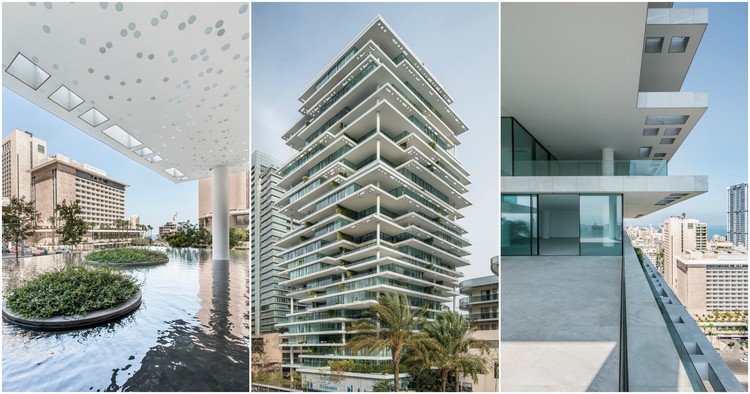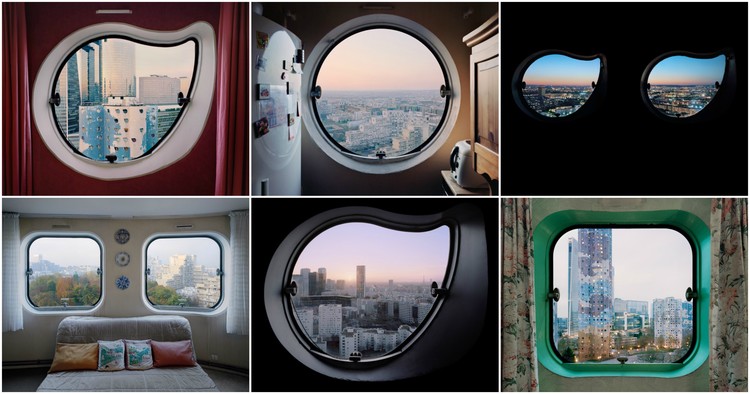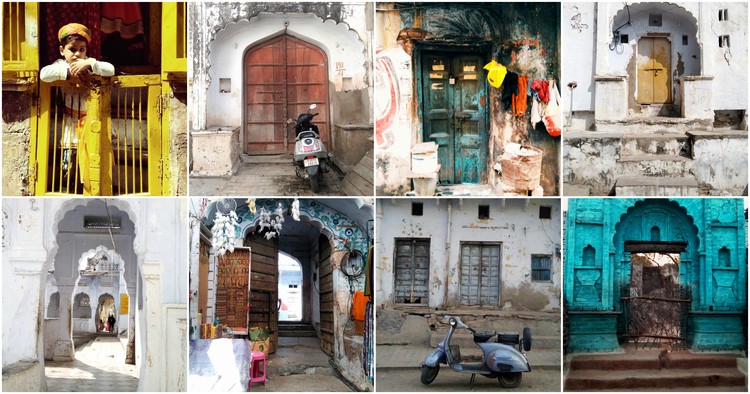
Is there an aspect, a recurring mark, that reveals a difference in the way that male and female architecture photographers see the world? This is, perhaps, one of those rhetorical questions often used as an argument to shed light on works produced by women and for which there is no precise answer.
Without claiming to offer an answer to this question—and in order to follow up on our first article that showcased a selection of women in architecture photography—we present here a new compilation of professionals who deserve attention for the quality of their photographic work. See our list below:










.jpg?1515170830)
.jpg?1515171598)
.jpg?1515171343)
.jpg?1515170657)
.jpg?1515171187)


.jpg?1513011647)
.jpg?1513011655)
.jpg?1513011986)
.jpg?1513011966)
.jpg?1513011916)

.jpg?1511735650)
.jpg?1511735614)
.jpg?1511735644)
.jpg?1511735634)

































